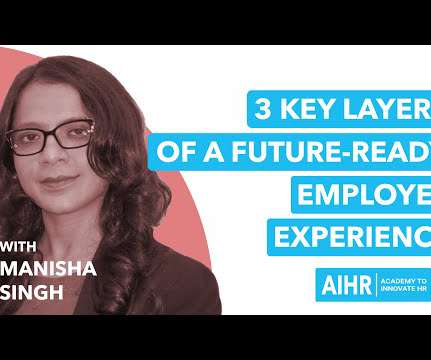People Analytics and HR-Tech Reading List
Littal Shemer
OCTOBER 11, 2022
It is primarily focused on examples related to the analysis of people and talent, and includes a step-by-step guide and easily reproducible examples and code so that the methods can be put into practice immediately” The Science of Dream Teams: How Talent Optimization Can Drive Engagement, Productivity, and Happiness Mike Zani (2021).
















Let's personalize your content